You can help your celery crop thrive with companion planting. Companion planting is a centuries-old method of organic gardening that places plants that support the growth and development of each other, near each other.
Companion plants deter harmful insect pests, attract beneficial pollinators, provide support and shade, enhance the soil, suppress weeds, and conserve moisture. Companion planting—also known as good neighbor planting—adds color, scent, balance, harmony, and health to the homestead garden.
Companion planting is an environmentally friendly, integrated method of pest management, which allows the garden to flourish without the use of toxic chemical herbicides and pesticides.
As an example, celery is a powerful defender of cabbage plants. The white cabbage butterfly can destroy a cabbage crop. When cabbage is planted near celery, the cabbage butterfly is repelled by the strong scent of celery. The cabbage plant, in turn, provides a windbreak and shade for fragile, young celery shoots.
If you love to munch on raw celery, or enjoy the crispy vegetable as a crunchy addition to salads, stir-fry, salsa, sauces, and soups, but worry about the noxious chemicals found in supermarket non-organic celery, grow your own with help from companion plants that protect celery the way it protects cabbage.
Best (And Worst) Companion Plants For Celery
Pungent herbs attract pollinators to the garden while repelling insect pests that can damage the celery crop. Helpful herbs to plant near celery include thyme, sage, basil, hyssop, horehound, tansy, cilantro, and dill.
If you garden in a rural location, strongly-scented herbs also help deter rabbits and deer from grazing on the garden. The taller herbs provide shade for delicate celery shoots while thyme and sage help smother competitive weeds.
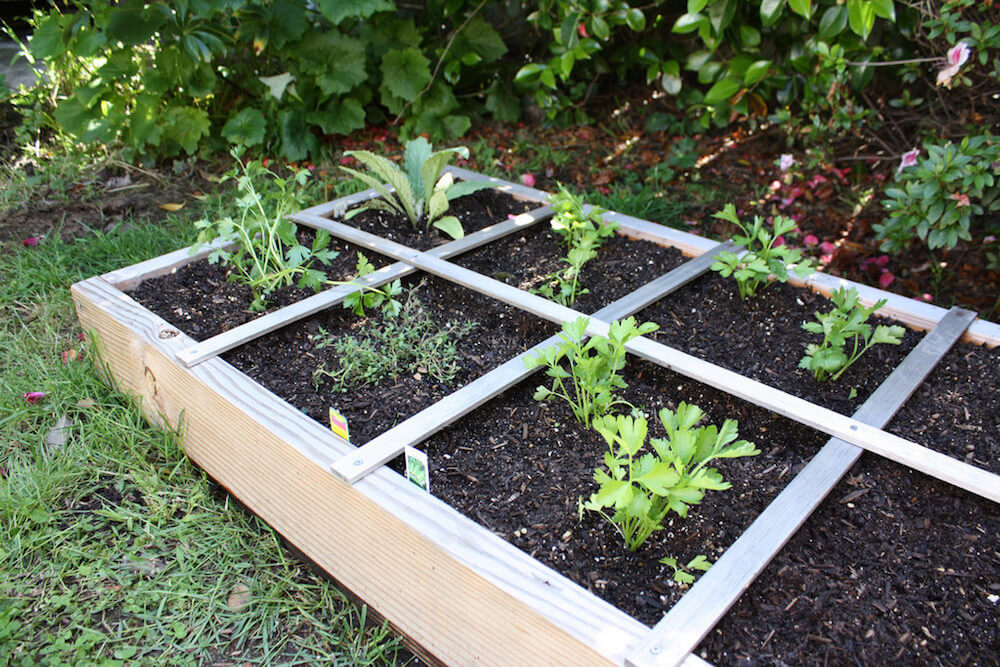
Experienced gardeners suggest planting bush beans, cabbage, cauliflower, leeks, onions, spinach, and tomatoes as companion plants for celery.
Employ flower power to drive off insects that could harm your garden while attracting beneficial predators, such as parasitic wasps, that devour other harmful garden pests. Marigolds, snapdragons, daisies, lavender, and cosmos emit scents that act as a deterrent to while flies, aphids, ants, and cabbage moths.
Avoid planting parsley, parsnips, turnips, or carrots near celery. These plants fight vigorously for the same nutrients and moisture. They do not make the best of neighbors.
A Gardening Challenge
Cultivated since antiquity, celery (Apium graveolens) a stately green marshland plant with long fibrous stacks tapering into leaves, is a cousin of the carrot. It’s a part of the plant family formerly known as Umbellifera. There are three different forms of the parent Apiaceae species: celeriac, stalk, and cutting celery.
According to the USDA, “The many cultivated varieties now in use have been derived from the wild celery, which is a native of the marshes of southern England and many parts of the Eastern Continent. This wild celery was for a long time considered poisonous, a very natural supposition, as it belongs to the same family of plants as Cicuta and poison hemlock.”
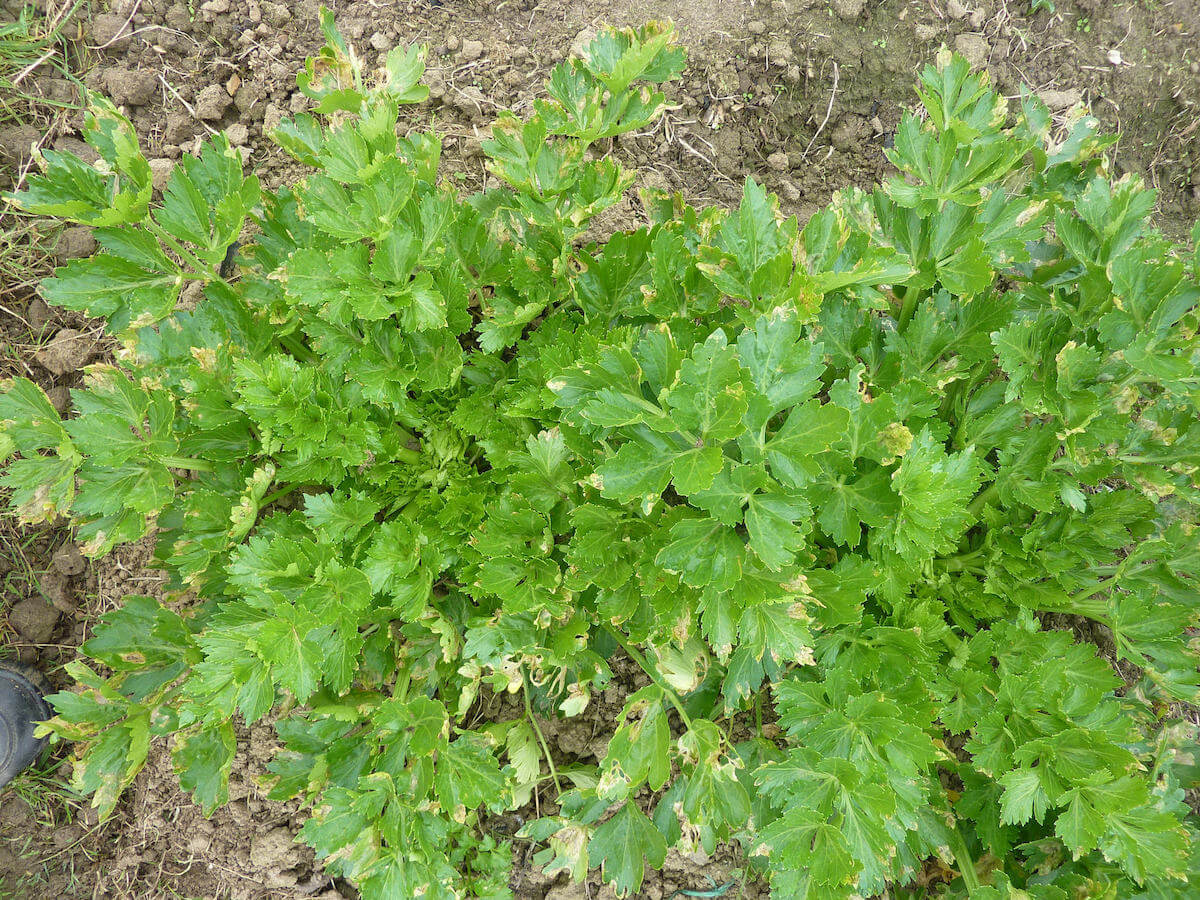
Celery cultivation began in Mediterranean coastal areas. Highly prized for its medicinal properties, the Romans and the Greeks used it only as a medicine. It was not until the early 1600s that historical records note celery’s cultivation as a food crop.
For hundreds of years, celery was considered an expensive delicacy, reserved only for garnishing and flavoring purposes. Today, celery is no longer a luxury item and is a significant ingredient in a wide range of dishes worldwide. India is one of the largest producers and consumers of celery.
As long-season crop, celery can be rather difficult to grow. Many experienced gardeners say it is the most challenging vegetable to cultivate in the homestead garden. Celery cannot tolerate heat. Celery requires nutrient-rich soil, consistent uniform moisture, high humidity, cool evening temperatures, and a long growing season of 130-140 days.
“Celery has a reputation for being a fussy, hard-to-grow vegetable,” writes the National Gardening Association. “There’s a lot of truth to that, but with the right climate and some care, you can grow large, tender plants. A dozen plants will take up five or six feet of row, and it’s worth trying.”
Celery Growing Tips
In southern climates, celery is cultivated as a winter crop. In the far north, celery does well as a summer crop. It’s a fall crop in most other United Plant Hardiness Zones. Celery roots normally grow about 6-8 inches below the soil level but can extend as deep as two feet. Celery requires loose, well-tilled soil and won’t flourish in areas with compacted clay.
Celery grows best in nutrient-rich, medium-textured mineralized soils enhanced with a generous application of organic matter. Amend soil with well-aged herbivore manure (e.g. cow, sheep, goat, horse, or llama.) Adding peat moss to the soil helps aid in moisture retention.
When preparing an area in the garden to cultivate celery, turn over the soil to a depth of at least 18-inches: breaking up dirt clods and removing rocks, roots, and debris. Add equal parts of peat moss, well-aged manure or garden compost, and landscape sand. Work them well into the soil.
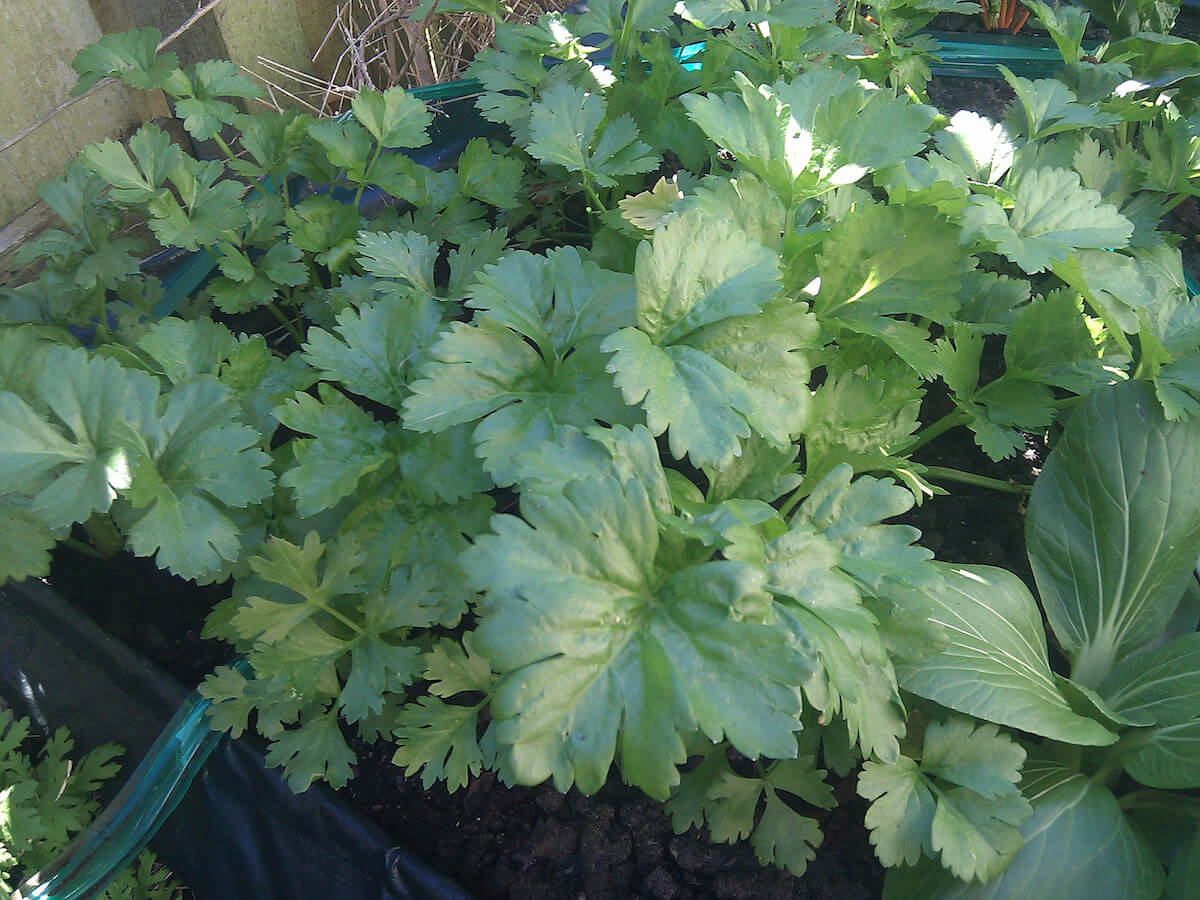
Celery grows well in soil with a pH of 5.8-6.0. After you have prepared the garden plot, test soil pH and amend as needed. Soil pH testing kits are available online or at local home and garden centers, or you may take a soil sample to your local county extension office for testing. If your soil sample indicates the soil is too acidic, you can raise soil pH by adding a generous amount of wood ash or liming material.
Celery requires lots of water and thrives in a garden plot where a drip system of irrigation can be established. If celery does not receive adequate moisture, its stalks will be tough, stunted, and bitter.
Celery can be grown from seed or transplants available from local garden nurseries. Favorite varieties include:
- Tango
- Venture
- Golden Boy
Because celery requires such a long time to mature, unless you live in a region with an extended growing season, celery seeds should be started indoors 10-12 weeks before the last frost of the season.
- Celery seeds are quite small and rather difficult to handle. For ease in planting, mix 10 parts landscape sand with 1 part seeds.
- Lightly sprinkle the seed-sand mixture over a tray of potting soil. Cover with a thin layer of potting soil. Celery seeds need to be planted shallow. Keep soil evenly moist. It should about the consistency of a wrung-out sponge. Use a spray bottle to mist the potting soil, as direct watering will disturb the seeds.
- Patience is required: celery takes up to three weeks to germinate. Be sure to keep seed trays in a warm area where the temperature does not fall below 50 degrees Fahrenheit, If the seeds receive a cold chill, they will fail to germinate.
- Once seeds have sprouted and are sturdy enough to handle, transfer seedlings to individual pots. When seedlings develop 4-6 leaves, they are ready to be transplanted to the garden.
- It is wise to delay planting celery seedlings outside in the garden until soil temperatures rise to 50 degrees Fahrenheit. Celery is very temperature sensitive and cold soil will weaken or kill the delicate seedlings.
Celery plants require at least six hours of full sun daily to reach optimum flavor and size at maturity. However, celery plants prefer shade during the hottest part of the day. Tomatoes, bush beans, and leeks, when planted as companion plants, provide noontime shade for shorter celery stalks.
Blanching Celery Before Harvest
Experienced gardeners recommend blanching celery before harvesting. Celery that is not cultivated in this manner has a tendency to be bitter. Blanched celery plants have a much lighter color.
Blanching is accomplished by wrapping the plant with multiple layers of paper or cardboard to block harsh direct rays of the sun from reaching the plant. Secure covering with landscape twists or cords. Another method of blanching involves gradually mounding up soil around the base of the plant until soil reaches the leaves.
Although blanching involves a bit more work, the result will be sweet, succulent, and tender celery you will be justifiably proud to share with family and friends.
Harvesting And Storing Celery
Stored in the refrigerator crisper, celery will keep well for up to two weeks. Celery can be canned, dehydrated, pickled, or frozen.
“Celery stores really well – you can keep it for many weeks with no trouble,” writes the National Gardening Association. “Dig up the plants carefully, disturbing the roots as little as possible. Replant them in boxes of sand in your root cellar or set them close together in a trench in your cold frame where you can keep them from freezing. As long as the roots stay moist and the stalks dry, they’ll really keep. Temperatures in the range of 35F to 40F are best for good storage.”
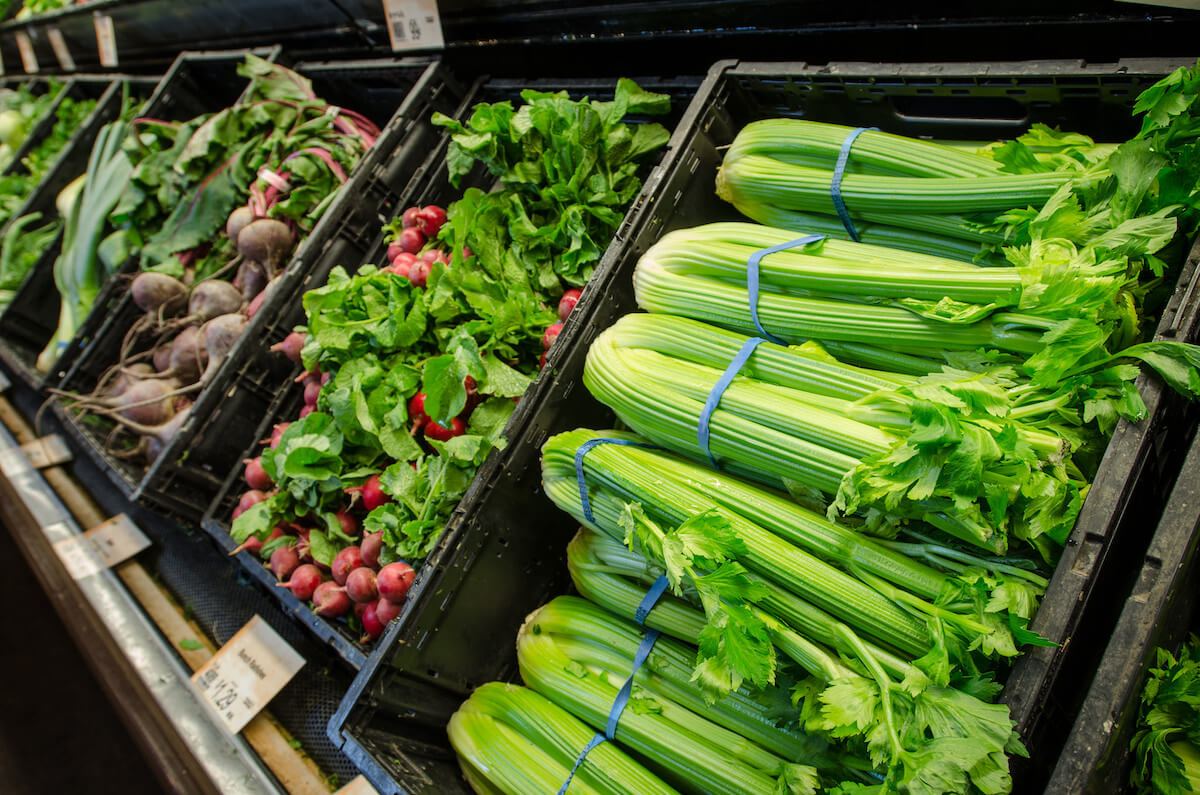
References:
Growing Celery, The National Gardening Association
How To Grow Celery, Library Of Congress
Celery, United States Department Of Agriculture


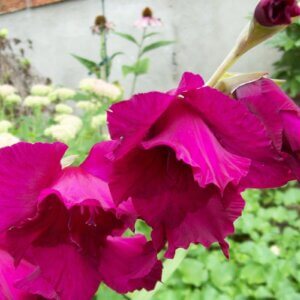
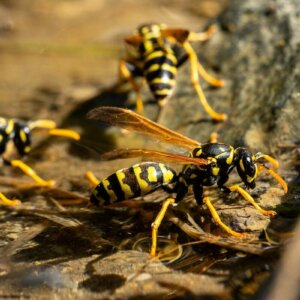
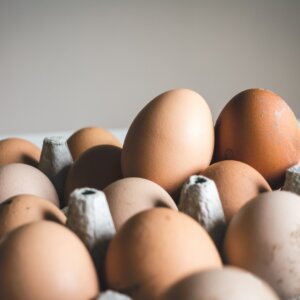
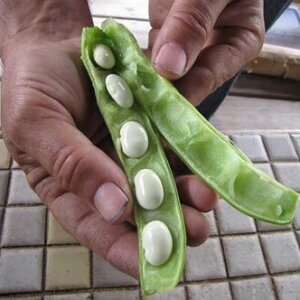

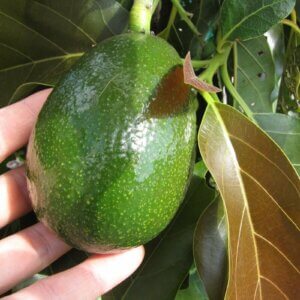
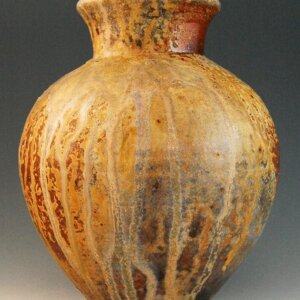


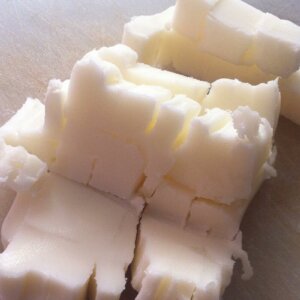




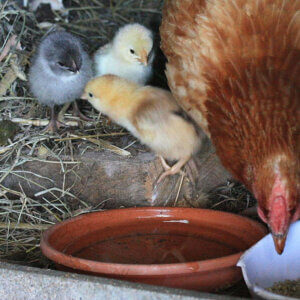


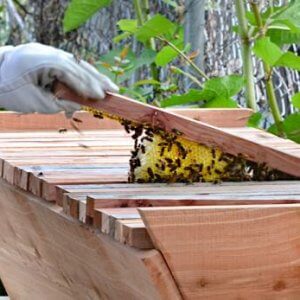



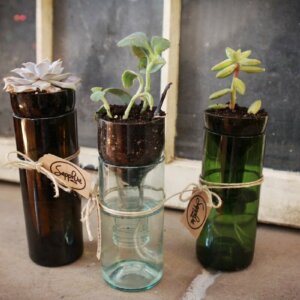


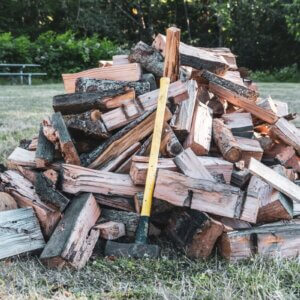
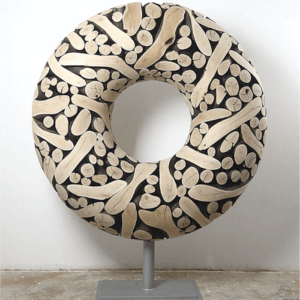
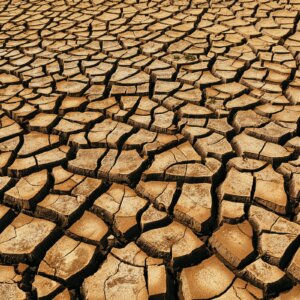
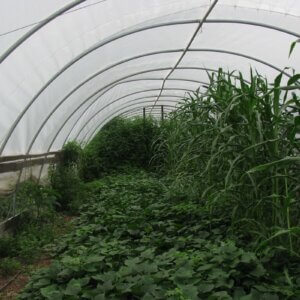
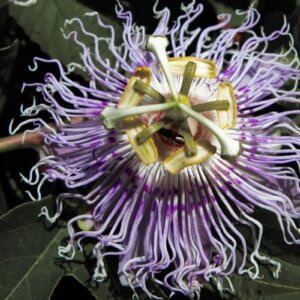

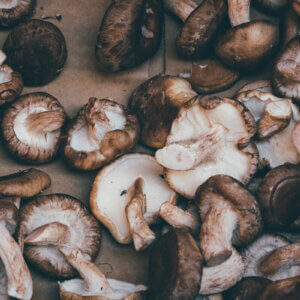
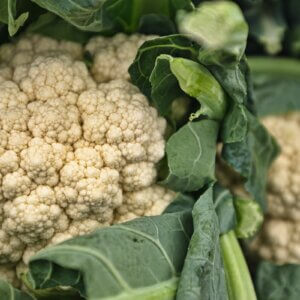

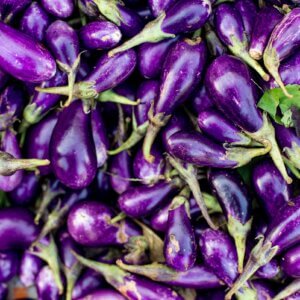
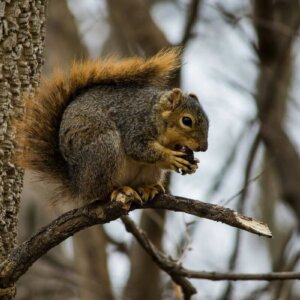
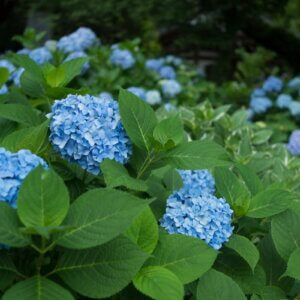


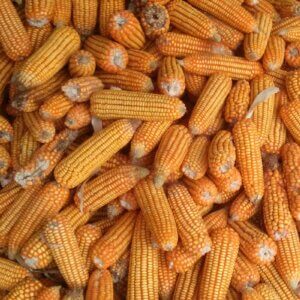

EXCELENTE MUY BUEN ARTICULO .MUCHAS ,MUCHAS,GRACIAS.
GRACIAS MARLENE.
My celery has narrow stalks, about 1/2 to 3/4″ wide. I water it daily and fertilize weekly with 20/20/20/. It is about 4 months old . It looks very skinny compared to the ones in the store. What did I do wrong?